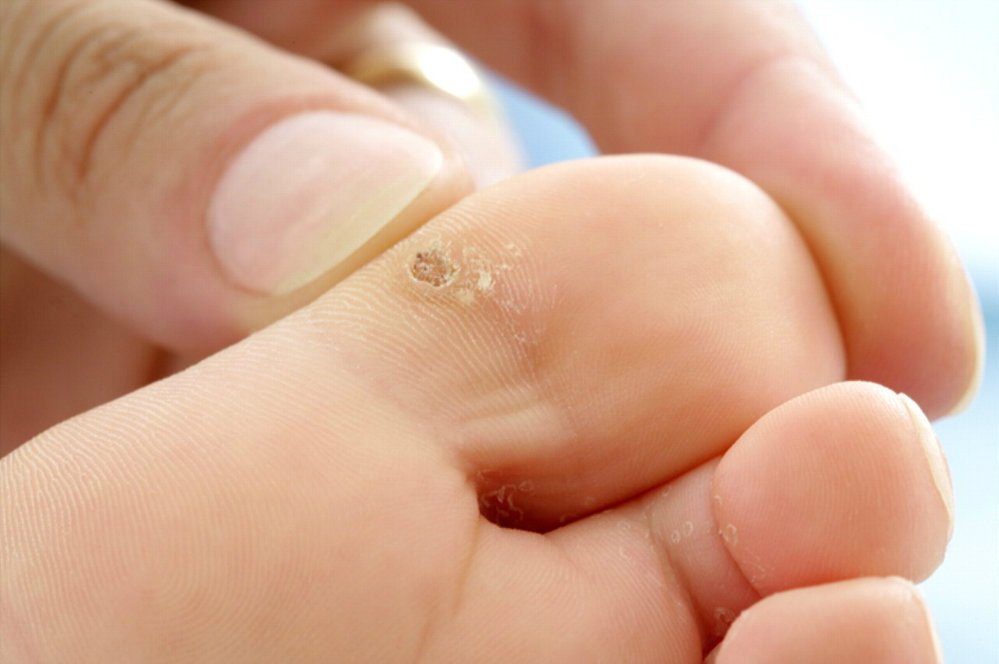Warts Removal
Warts are caused by viruses and therefore can easily be spread through superficial trauma such as picking, shaving and nail biting. Warts commonly occur in children and young adults but may appear at any age. Their courses are highly variable; they may resolve spontaneously over the course of months, though most may last years or a lifetime. Warts are highly contagious to other areas of the body and to others who have not developed immunity to them. Another problem with the overall management of warts is though only one lesion may be visible; many sub clinical (unseen) warts may exist.
Major types of warts include:
Common warts are typically located on the hands and feet (plantar), although they can be found anywhere on the body. Treatment can be particularly difficult if the wart is located in the nail fold, or on the feet. On the sole of the foot due to the pressure of walking the wart can often spread underneath the skin, which makes it difficult to assess its true size. Warts in this area overtime can cause significant pain. Around the nail fold the wart tends to spread underneath the nail. Special consideration in these sites must be used in order to minimize the possibility of scarring, as well as the possibility of long-term functional changes.
Flat warts are similar to common warts although they are rarely found on the hands or feet.
Molluscum contagiosm are a special form of wart that is typically seen in early childhood. The warts have a dome shaped appearance with a slight central depression. The most common areas involved are the face trunk and the extremities of young children although they may be seen in the genital areas of adults.
Genital warts are a specialized form of warts, which may be associated with certain malignancies and requires aggressive treatment.

Treatment:
Treatment of warts is quite variable; an individual regime will be administered to your special needs. The primary goal in the treatment of warts is to reduce the possibility of new lesions, minimize discomfort, and reduce the possibility of scarring as well as functional impairment. Unfortunately there is great variation amongst individuals and it is impossible to estimate how long a course of treatment will be required. In general the more conservative the treatment, the less chance of scarring and functional impairment but, typically there is an increase in the time required to clear the lesions. On the other hand surgical destruction, more rapidly clears lesions but there is a higher risk of scarring. Unfortunately, no matter which manner of treatment is employed there is still a five percent chance of reoccurrence.
Topical:
In office treatment: these treatments cause irritation to the lesions and may ultimately lead to blistering. This irritation helps to clear the lesion(s) in two ways:
Physically reducing the size
Stimulating the body’s own immune system to recognize the wart virus.
Injection:
Different substances may be injected into the wart causing irritation.
Surgical:
This is typically the most effective form of treatment. This form carries the greatest risk of scarring. Local anesthesia is used when surgical treatment is performed.
Home treatment:
The goal of home treatment is to keep a constant state of mild irritation to the affected lesion without irritating normal surrounding skin. There are many over the counter and prescription products available, when used in combination with in office treatment that can speed up the process.
Call today to schedule an appointment with Dr. Scott Friedman in order for them to assess your condition and determine which treatment would best benefit you.
